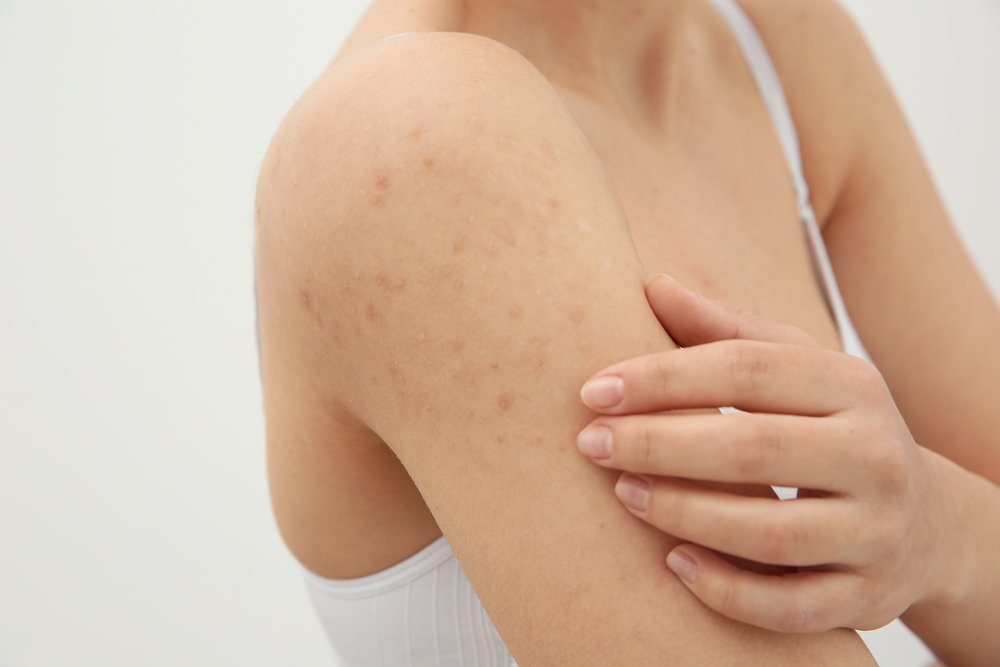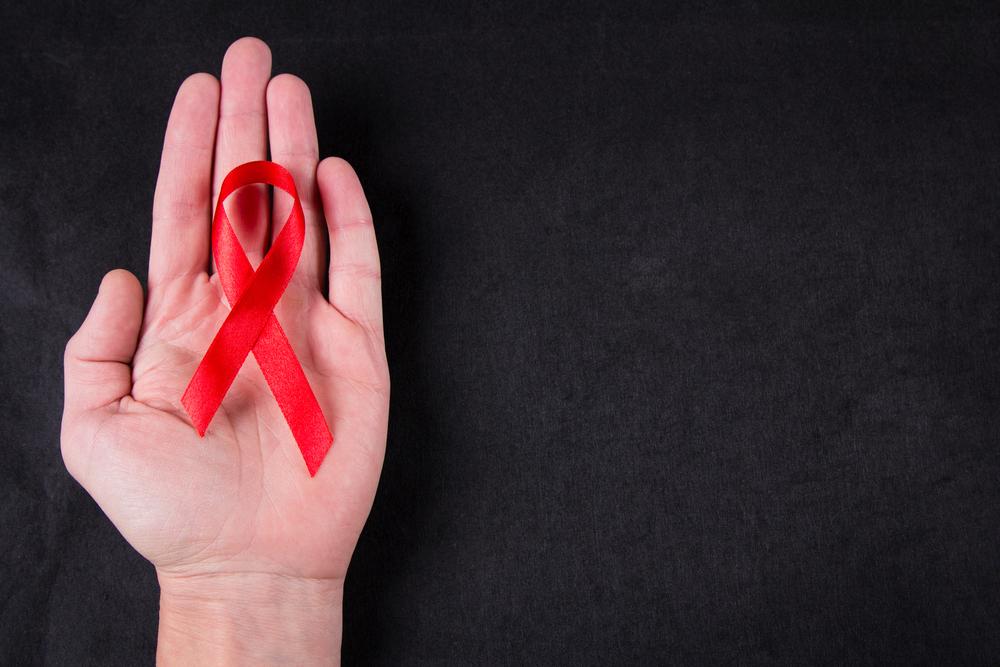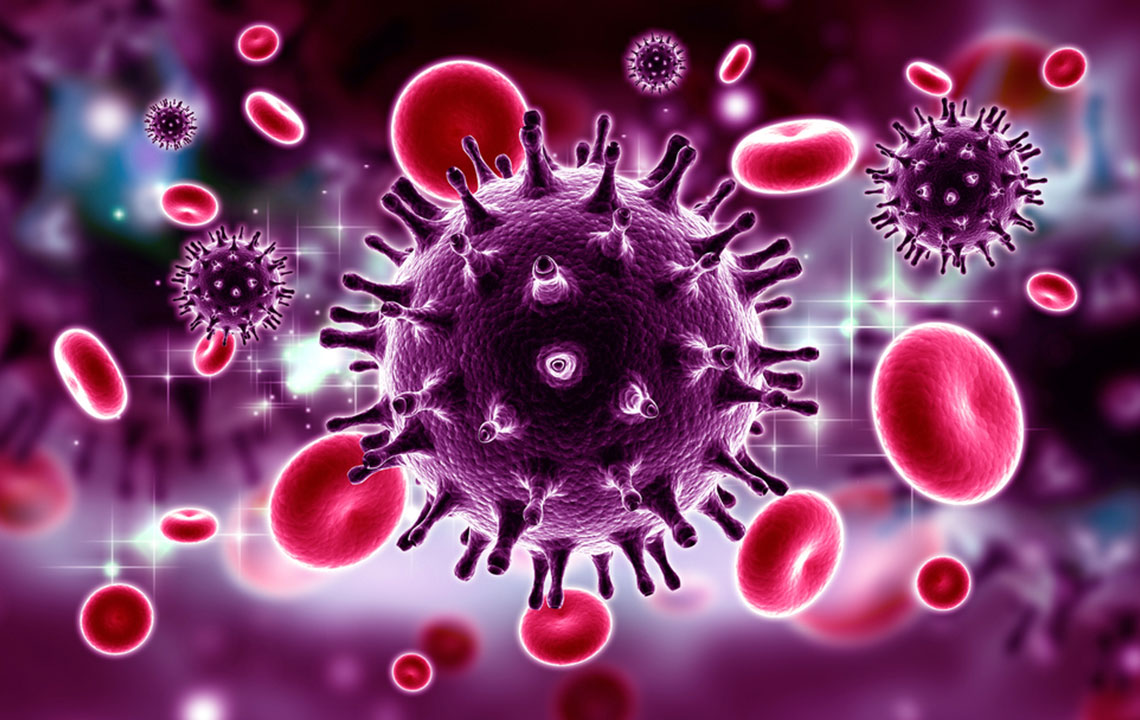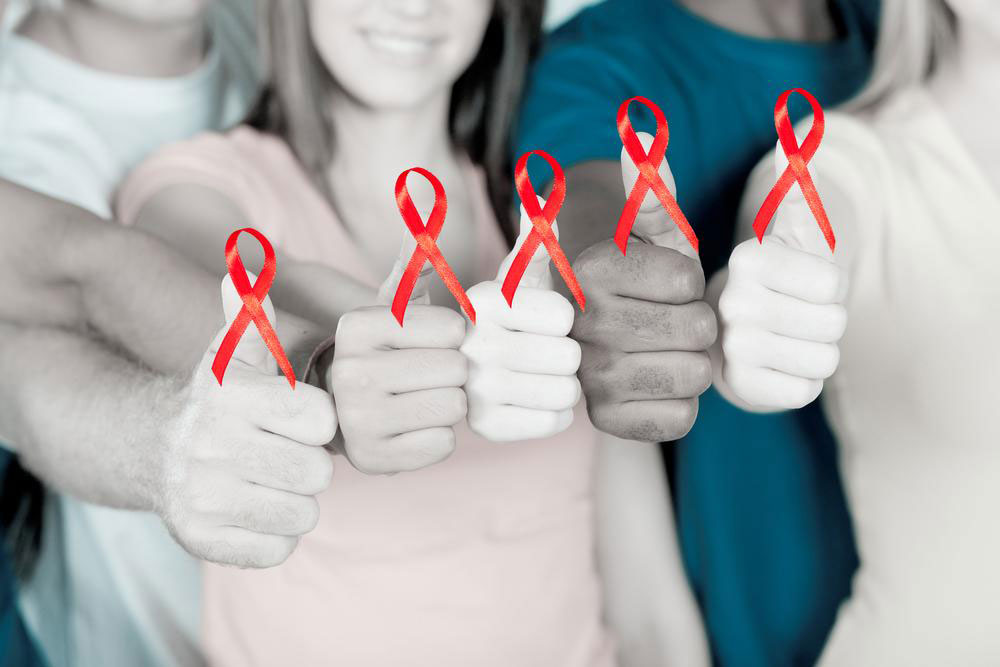Comprehensive Overview of HIV-Related Skin Rashes: Causes, Symptoms, and Management
This comprehensive article explains the causes, symptoms, and management of HIV-related skin rashes. It covers early signs like seroconversion rash, common skin infections in HIV-positive individuals, and factors that worsen skin conditions. Emphasizing the importance of early diagnosis and treatment, it offers insights into how HIV affects skin health, highlighting the significance of medical intervention for managing symptoms and preventing complications.

Comprehensive Overview of HIV-Related Skin Rashes: Causes, Symptoms, and Management
In-Depth Exploration of Skin Manifestations Associated with HIV Infection
Human Immunodeficiency Virus (HIV) is a pathogen that targets the body's immune system, progressively weakening its ability to fight off infections and diseases. One of the earliest visible signs of HIV infection can be skin-related symptoms, notably rashes and sores, which often appear within the first two months after initial exposure to the virus. Recognizing these skin signals is crucial for early diagnosis and intervention, as they serve as important indicators of the body's immune response to HIV infection.
Even though there are effective treatments—particularly antiretroviral therapy (ART)—HIV remains incurable. Managing the symptoms and preventing complications depend heavily on timely diagnosis and ongoing medical care. The skin issues associated with HIV are diverse, affecting various parts of the body such as the face, hands, legs, and chest. These rashes typically present as flat, red patches accompanied by small bumps that can sometimes itch, burn, or cause discomfort, impacting overall quality of life.
Why Do HIV-Related Skin Rashes Occur?
HIV-related skin rashes can emerge as an initial symptom of infection or as side effects from antiviral medications designed to control the virus. HIV causes immune dysregulation, making the skin more susceptible to infections, allergic reactions, and other dermatological conditions. The immune system's compromised state invites frequent skin infections and allergic responses, contributing to the rash development.
Factors That Exacerbate HIV-Related Skin Rashes
Various external and internal factors can worsen these skin conditions, including allergenic responses, secondary infections, adverse reactions to medications, and environmental exposures. For example, prolonged sun exposure or extreme weather conditions can exacerbate rash symptoms. Similarly, the use of certain toiletries or frequent hot showers may irritate sensitive skin, leading to increased discomfort.
It is essential for individuals with HIV experiencing skin issues to consult healthcare professionals before making lifestyle adjustments. Proper diagnosis is necessary to determine whether a rash is related to HIV, a side effect of medication, or an entirely different clinical condition. Tailored management strategies can then be devised to reduce symptoms and improve skin health.
The Seroconversion Rash: An Early Indicator of HIV Infection
A notable early sign of HIV infection is the seroconversion rash, which typically appears within the first few weeks post-infection. This rash manifests as a non-itchy, flat, red patch usually located on the chest, back, or sometimes on other areas of the body. Accompanying the rash are often flu-like symptoms, including fever, sore throat, fatigue, muscle aches, and swollen lymph nodes. This immune response signifies the body’s attempt to fight off the invading virus.
Understanding the seroconversion rash is vital because it often coincides with the body's initial immune response, marking the transition from acute HIV infection to established infection. Recognizing this rash can prompt individuals to seek early testing and diagnosis, enabling timely treatment that can significantly impact disease progression and transmission risks.
Other Skin Conditions Associated with HIV
People living with HIV are more susceptible to various skin infections and conditions, often stemming from immune suppression. These include:
Cellulitis: This is a bacterial skin infection characterized by rapidly spreading redness, swelling, warmth, and pain. It may develop from minor cuts or skin breaches, or sometimes without an obvious break in the skin, especially in immunocompromised individuals. Cellulitis can lead to serious complications if not promptly treated.
Herpes Simplex Virus (HSV): HIV-positive individuals are more vulnerable to severe and recurrent herpes outbreaks, which appear as painful blisters on the mouth, lips, or genital area. These outbreaks can be more prolonged and difficult to treat compared to those in individuals with healthy immune systems. Herpes zoster (shingles) may also occur, typically on one side of the body, but in HIV-infected persons, it can affect multiple nerves or both sides.
Ringworm (Tinea): A fungal skin infection characterized by ring-shaped, erythematous, itchy patches that can spread easily among immunosuppressed individuals. Proper antifungal treatment and good hygiene are essential for managing these infections.
In addition to these, HIV-related skin conditions include molluscum contagiosum, seborrheic dermatitis, psoriasis, and other opportunistic infections that can alter the skin's appearance and cause discomfort. Recognizing these signs early is crucial for appropriate treatment and improving the patient's quality of life.
In conclusion, HIV-associated skin rashes and infections are common early and late manifestations of the virus. They serve as critical indicators for clinicians to diagnose and manage HIV effectively. Preventing complications involves comprehensive care, including diligent adherence to antiretroviral therapy, maintaining skin hygiene, avoiding known irritants, and seeking prompt medical attention when skin issues arise. Public awareness about these symptoms can facilitate early detection and treatment, ultimately helping individuals live healthier lives with HIV.




